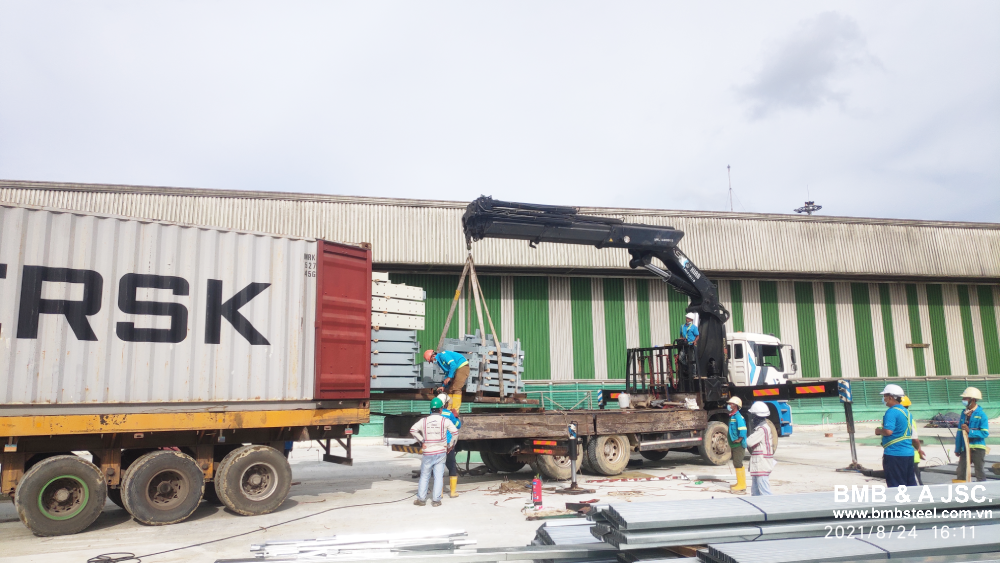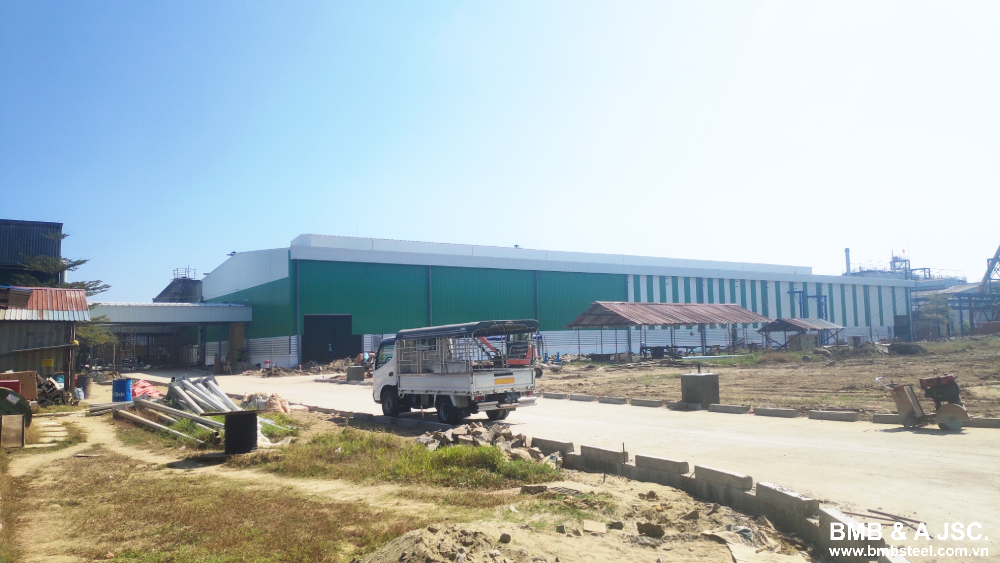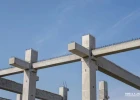Design-Build approach in pre-engineered steel building construction
In the construction industry, efficiency, cost-effectiveness, and timely project delivery are essential factors for success. To achieve these goals, a collaborative and integrated approach is crucial. Therefore, the Design-Build approach has gained significant popularity in recent years, particularly in pre-engineered steel building construction. This article explores the concept of the Design-Build approach, highlighting its benefits for pre-engineered steel building construction.
1. A brief introduction to the Design-Build concept
The Design-Build approach is a project delivery method that involves the collaboration of both the design and construction teams from the initial stages of a project. Unlike the traditional Design-Bid-Build method, where the design and construction processes are separate, the design-build approach brings these two phases together. In this integrated approach, the design and construction teams work as a unified entity, promoting seamless communication, efficient decision-making, and successful projects.

2. The benefits of the Design-Build approach for pre-engineered steel buildings
2.1 Collaboration and communication
The Design-Build approach encourages open lines of communication and collaboration among all project stakeholders. By involving the design and construction professionals from the beginning, potential conflicts, delays, and miscommunication are minimized. This collaborative environment allows for better coordination, faster problem-solving, and a more efficient project workflow.

2.2 Cost and time savings
The Design-Build approach offers significant cost and time savings. By integrating the design and construction processes, the Design-Build team can identify and address potential issues early on, reducing the need for costly redesigns during construction. Additionally, overlapping design and construction activities enable faster project delivery, resulting in reduced project durations and costs.
2.3 Optimization
With the Design-Build approach, optimization are integral consideration from the project's inception. The collaboration between the design and construction teams allows for early identification and resolution of constructability challenges. This proactive approach results in optimized designs that maximize the benefits of pre-engineered steel building systems, ensuring efficient construction.
2.4 Single point of responsibility
One of the key advantages of the Design-Build approach is the establishment of a single point of responsibility. With the design-build team assuming both the design and construction roles, there is no division of liability between multiple parties. This streamlined accountability ensures a cohesive project delivery process, minimizing conflicts and simplifying communication for the project owner.

3. Processes involved in pre-engineered steel building construction with Design-Build approach
The Design-Build approach in pre-engineered steel building construction involves a streamlined process that integrates the design and construction phases. Here are the key steps involved in the Design-Build approach for pre-engineered steel buildings:
- Project planning: The initial step is to define the project's scope, objectives, and budget. This includes determining the purpose of the building, desired features, and any specific requirements or constraints.
- Conceptual design: The design-build team collaborates to create a preliminary design concept that meets the project requirements. This includes selecting the appropriate pre-engineered steel building system and considering factors such as building layout, size, and aesthetics.
- Engineering and detailing: Once the conceptual design is approved, the design-build team proceeds with the engineering and detailing phase. This involves preparing detailed drawings, structural calculations, and specifications for the pre-engineered steel building components.
- Permitting and approvals: During this phase, the necessary permits and approvals are obtained from the relevant authorities. The design-build team works closely with regulatory agencies to ensure compliance with local building codes and regulations.
- Procurement and fabrication: After the design and approvals are in place, the procurement process begins. The design-build team coordinates the purchase of pre-engineered steel building components, including steel frames, wall panels, roof systems, and other necessary materials. Fabrication of these components takes place off-site, ensuring efficient production and quality control.
- Site preparation and foundation: While the components are being fabricated, site preparation activities commence. This includes clearing the site, grading, and preparing the foundation. The design-build team ensures that the site is properly leveled and the foundation is constructed according to engineering specifications.

Site preparation - Erection: Once the components are ready, the erection phase begins. The pre-engineered steel building components are delivered to the site, and the assembly process starts. This typically involves erecting the steel frames, installing the wall and roof panels, and completing the exterior envelope.

Erection of pre-engineered steel building - Interior finishes and systems: With the shell of the building in place, the focus shifts to interior finishes and systems. This includes installing insulation, interior walls, flooring, electrical and plumbing systems, ventilation, air conditioning, and other necessary components.
- Quality control and inspections: Throughout the construction process, quality control measures are implemented to ensure compliance with design specifications and industry standards. Regular inspections are conducted to identify and address any issues or deficiencies promptly.
- Project completion: Once construction is finished, a final inspection is conducted to ensure that the pre-engineered steel building meets all requirements. The design-build team coordinates any necessary final touches and completes any outstanding items. The project is then officially handed over to the client.
Above is some information regarding the Design-Build approach in pre-engineered steel building construction. Hopefully, this article has provided you with helpful information. Visit BMB Steel’s website to read more about pre-engineered steel buildings and steel structures. You can also contact us for design consulting and steel production services.

























